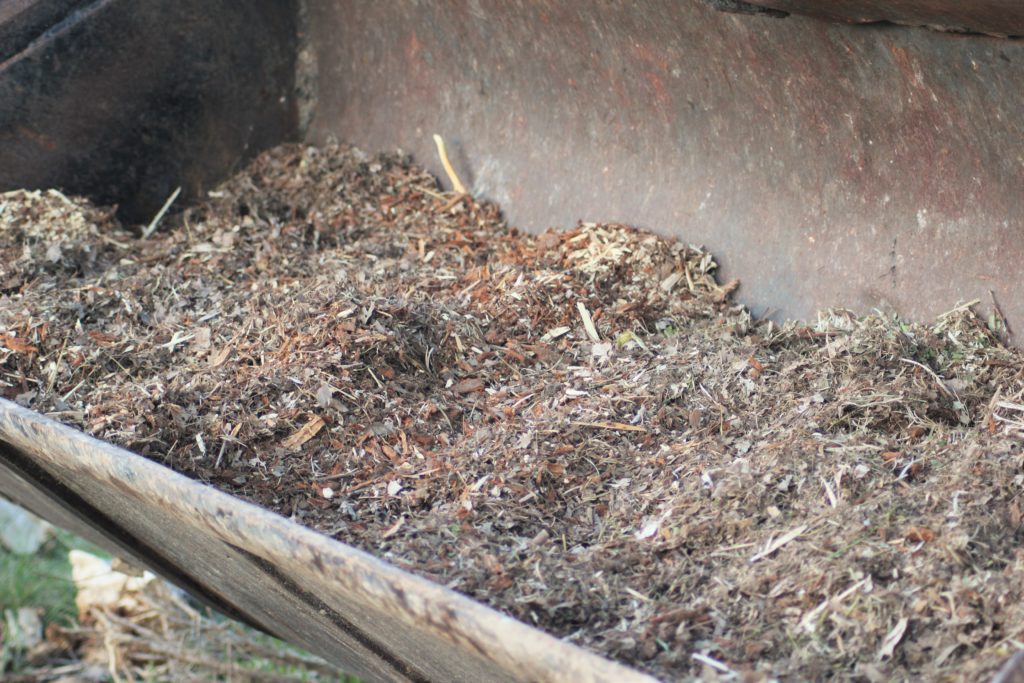
“For all Hobbits share a love of things that grow.” is a quote from one of my favorite movies. I agree with Bilbo, there is something about things that grow. But in order to grow, you need soil fertility and top soil.
Quail Run farm is in the middle of the Utah High Desert. Yes, we have access to water, and can change our environment some to help encourage plant growth, but our biggest hurdle is soil fertility. Soil fertility is the part of the soil that allows for plant growth. In the desert you have a hard time growing things because of the lack of soil fertility. For plants to thrive, they need to have nutrients, minerals, organic matter, and moisture.
Because of the lack of vegetation in the high desert, it is hard to build the top layer of Organic material that plants need to thrive. We have started to use a few techniques on the farm, from hugelkultur, permaculture, and Back to Eden Gardening. In short, Back to Eden Gardening, is the process of allowing the land to take care of itself, by mimicking the way that nature preps the soil for plants. Basically God set the Earth up so that it could take care of itself, and we are just trying to mimic the way God has setup fertile areas in a not so fertile area. And to do that, we need a lot of mulch. It is suggested to have a deep mulch, and by deep mulch we are talking about 6-8 inches of mulch.
Mulch has several different purposes. Mulch is used to conserve moisture, improve soil fertility and health, reduce weed growth, and increase the visual appeal of the area. If you go into the forest, and look at the soil horizon, you will notice that the forest has a nice layer of mulch on top of the soil. This layer is what we are trying to reproduce. The mulch layer can be made from a lot of different materials. You can create mulch from leaves, grass, peat, woodchips, bark, straw, pine needles, or most paper products. One of the most common forms of mulch used in the urban setting is that of not bagging your lawn clippings. A lot of people use a mulching mower and don’t even know the benefits it is giving their lawn. On a larger scale, you may even see what is called Forestry mulching. A lot of farmers do this by cutting and chipping trees, and brush and the leaving it where they chipped it. You may have even seen them do this along roadsides to clear brush as well.
The problem we have, on Quail Run Farm, is that there is not a lot of tree litter. Because there is not a forest on the property, we don’t have an abundant source of mulch to use for our gardening. So we have decided to create our own.
First, we have to spend some money and buy some equipment. We use Big Blue (our 1973 Ford Tractor, that has a bucket) to haul the mulch around and do any heavy lifting that may be needed. We purchased a 5 X 10 foot utility trailer so we could collect the material that we are going to convert to mulch. And we purchased a chipper/shredder to be able to convert the material we gather into mulch. (We looked into renting or borrowing the chipper and trailer, but after crunching the math, we came to the conclusion that it would be cheaper in the long run to just purchase the equipment.)
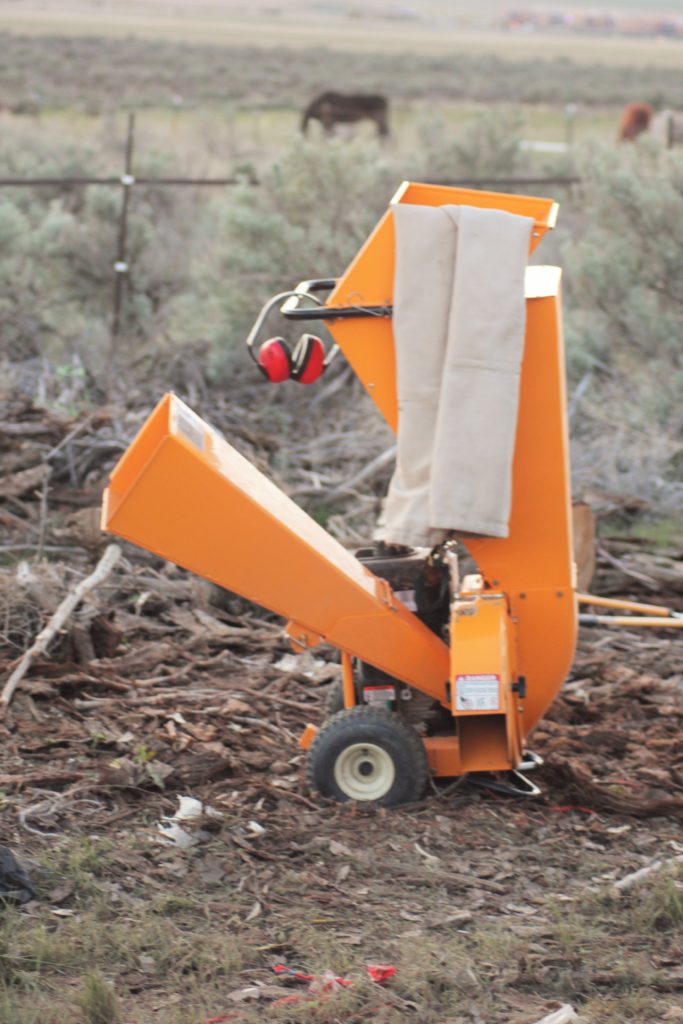
The chipper/shredder.
Second, we needed to collect the material that we wanted to turn into mulch. So I put the word out on a local community on Facebook. I basically asked for anyone who was going to throw away leaves, trees, bushes, and like to give us a chance to come collect them before they threw them away. We had a lot of people respond. (And we still have more to go collect and to get back with.)
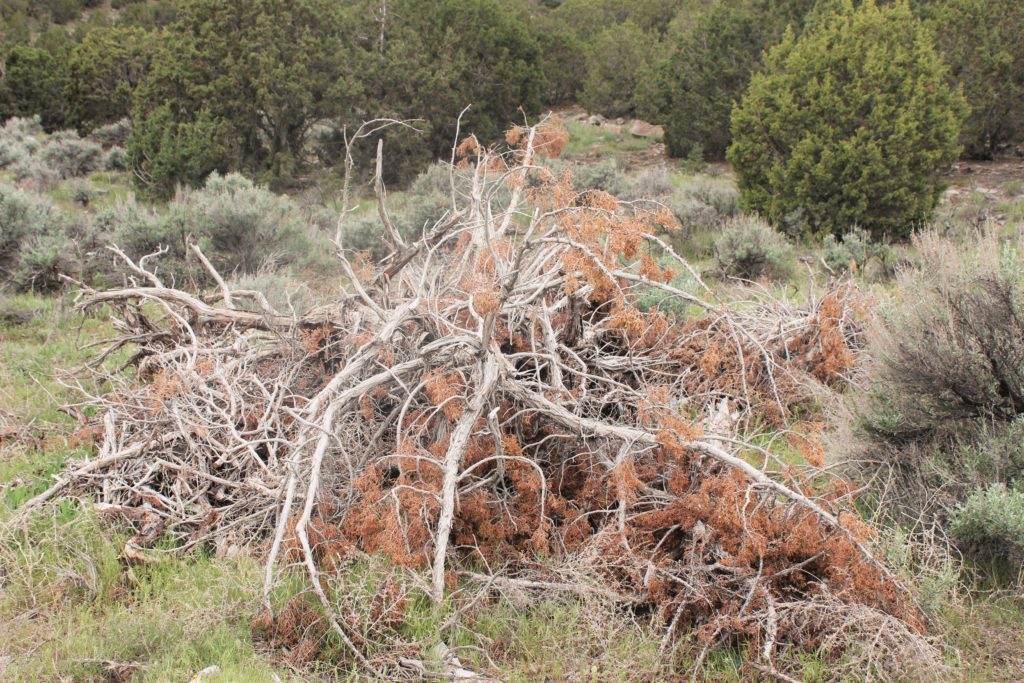
A bunch of juniper trees a developer removed. The resident said we could haul them off.
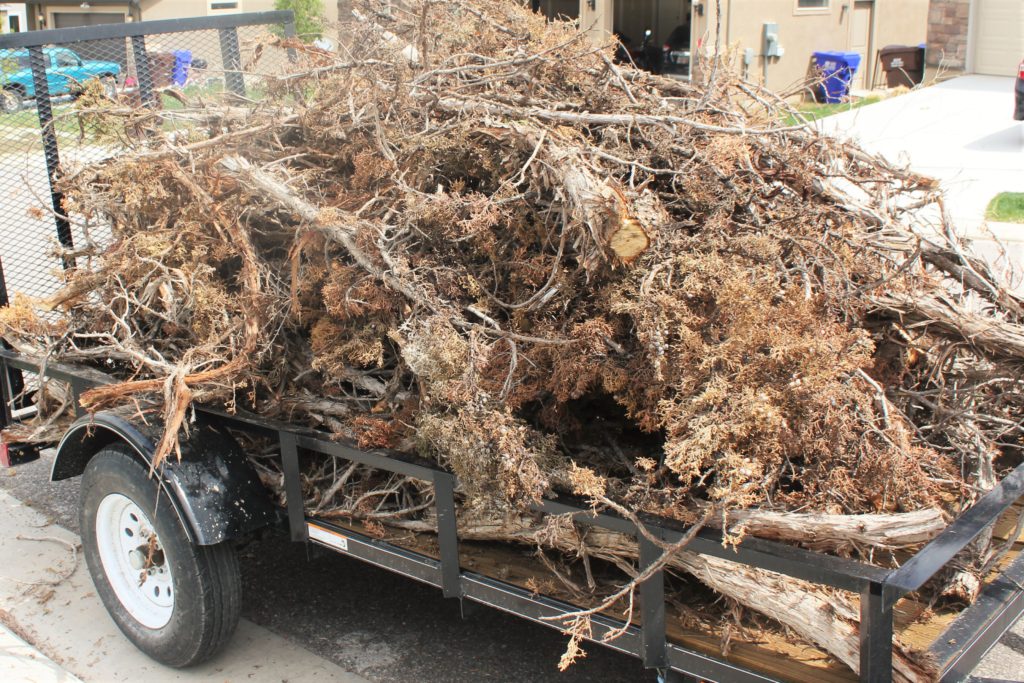
Loaded trailer with the juniper trees.
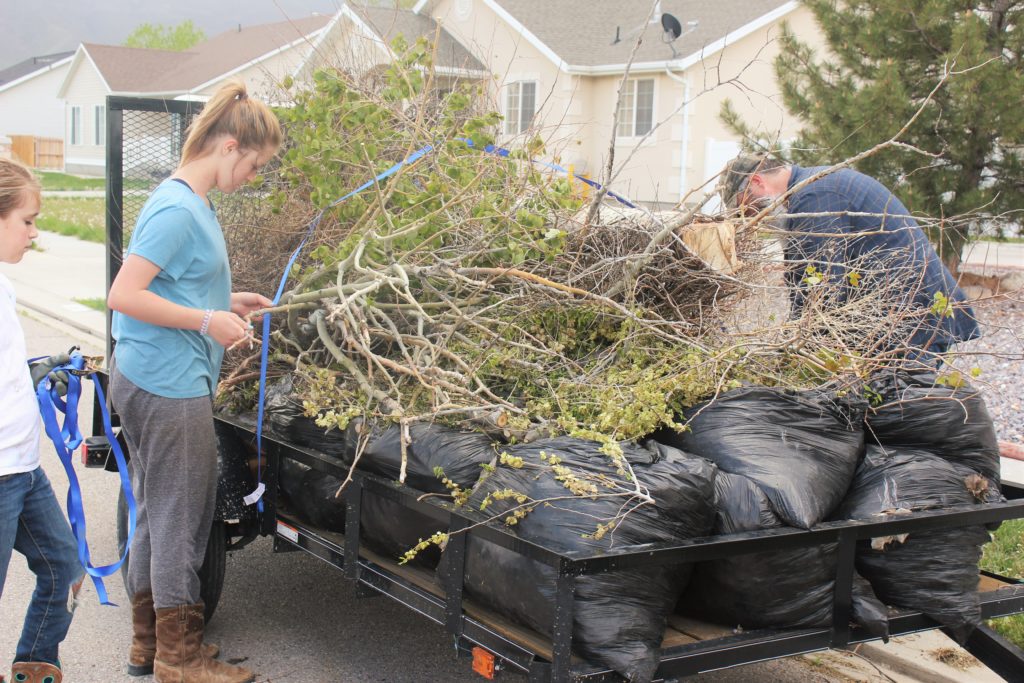
Kids helping secure another load from several different houses in Eagle Mountain.
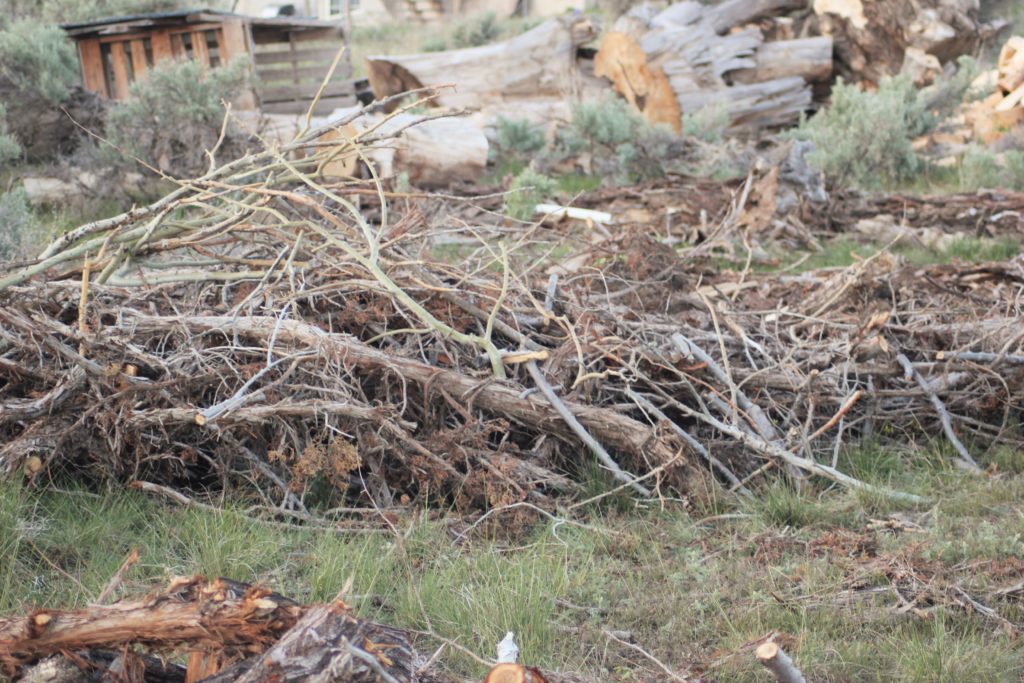
Pile of trees, and branches ready to mulch.
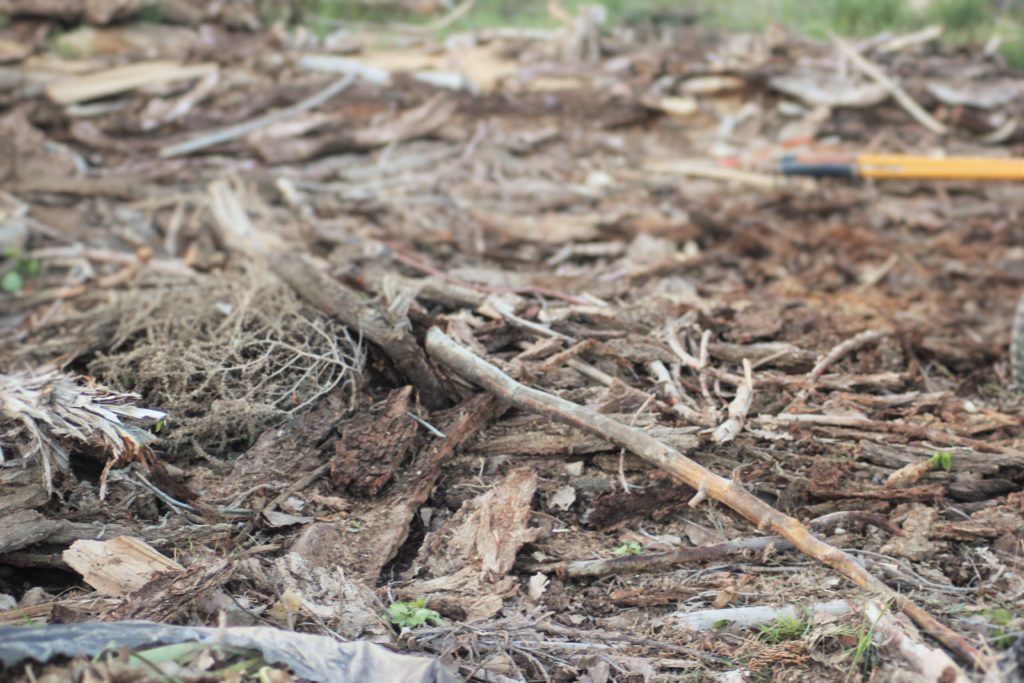
More stuff waiting to be converted to mulch.
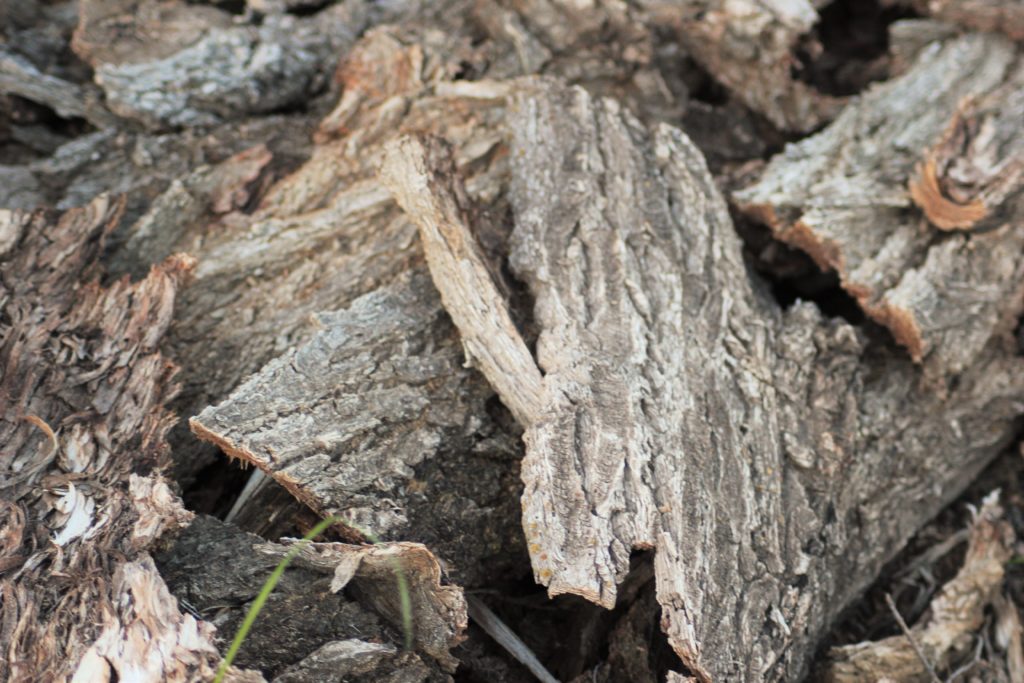
This bark was left over from some trees we had cut into firewood. We will also be converting it to mulch.
Third, we need to convert the material that was collected into mulch. To do this we used the chipper/shredder we purchased. It works really well. I would usually do a bag of leaves and then either the bark or the branches we collected. Once the shredders bag was full I would then dump it into the bucket of Big Blue and then transport it to the garden area.
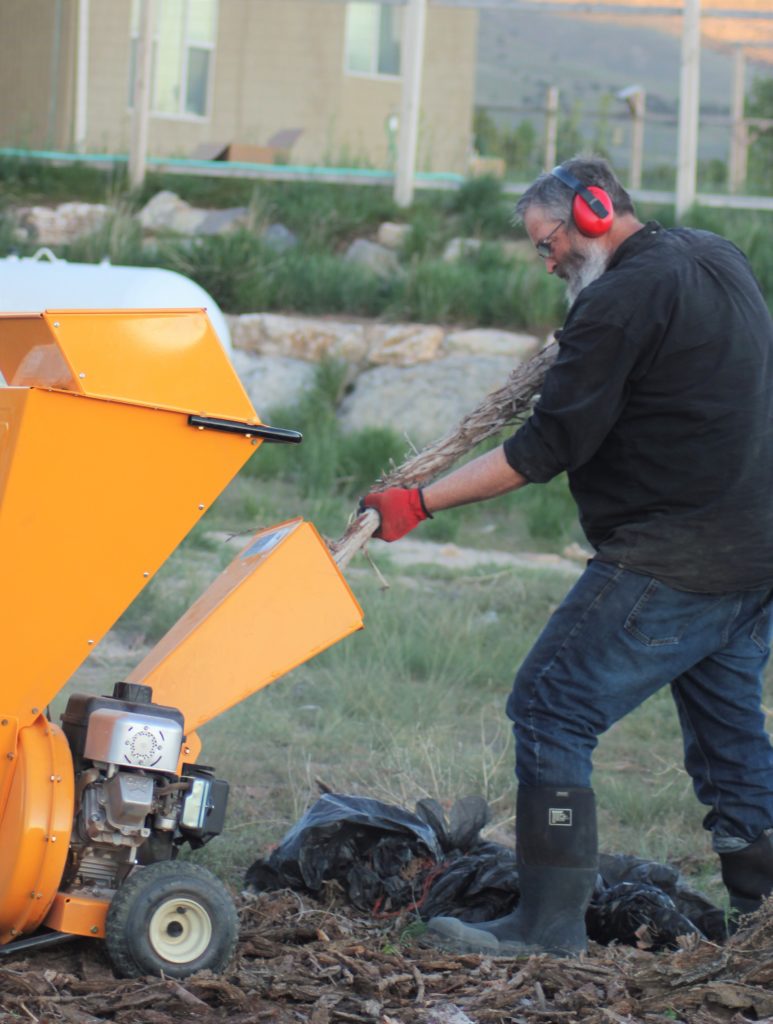
Chipping some of the big stuff.
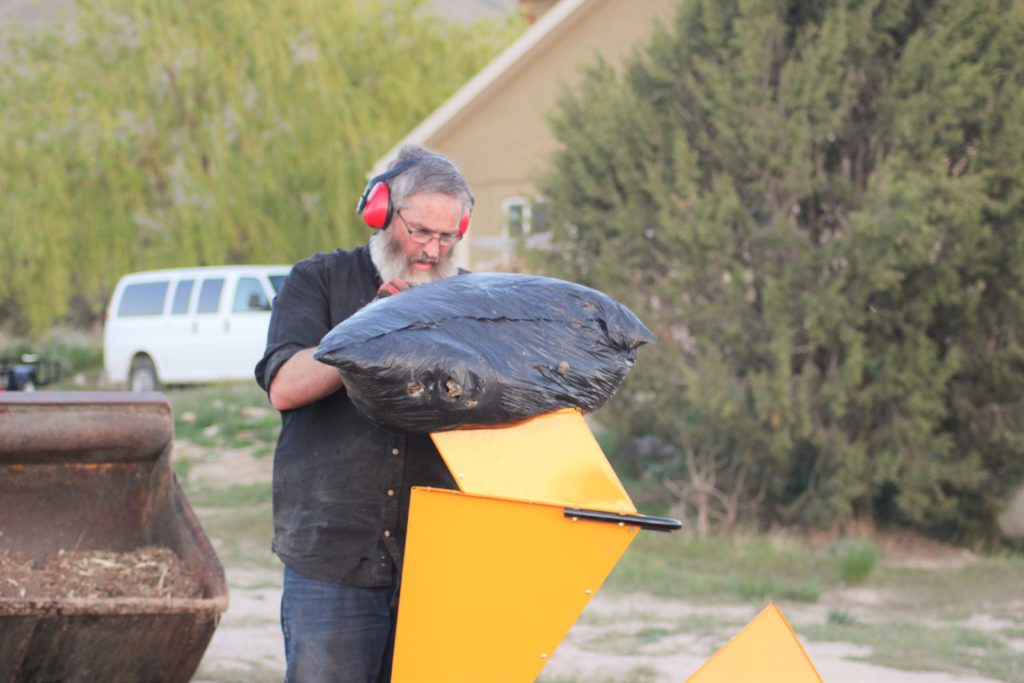
Shredding a bag of leaves.
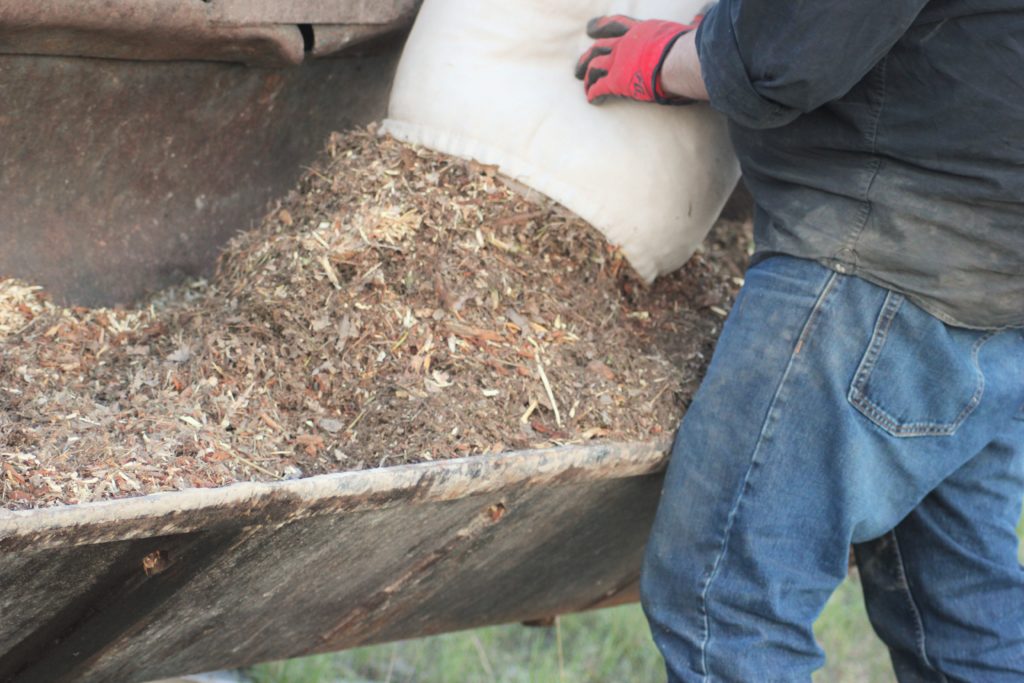
Emptying the bag into Big Blue.
Forth, we need to use the mulch. Once we have the mulch created, we then would put it on the garden beds, and in between the rows of already planted spring crops.
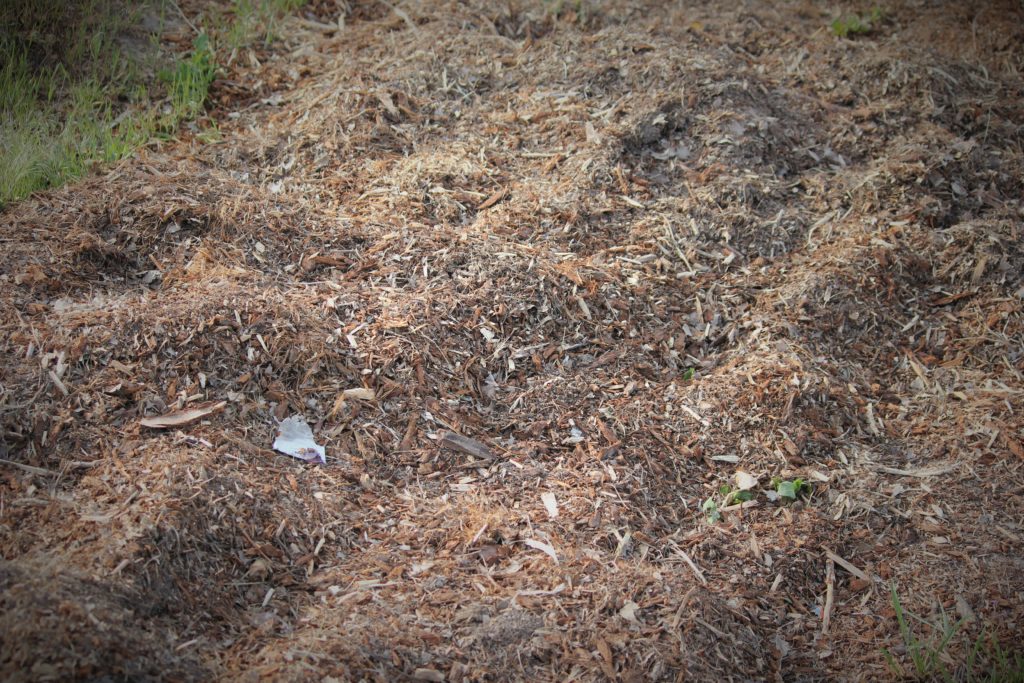
Mulch over garden bed, getting ready to plan.
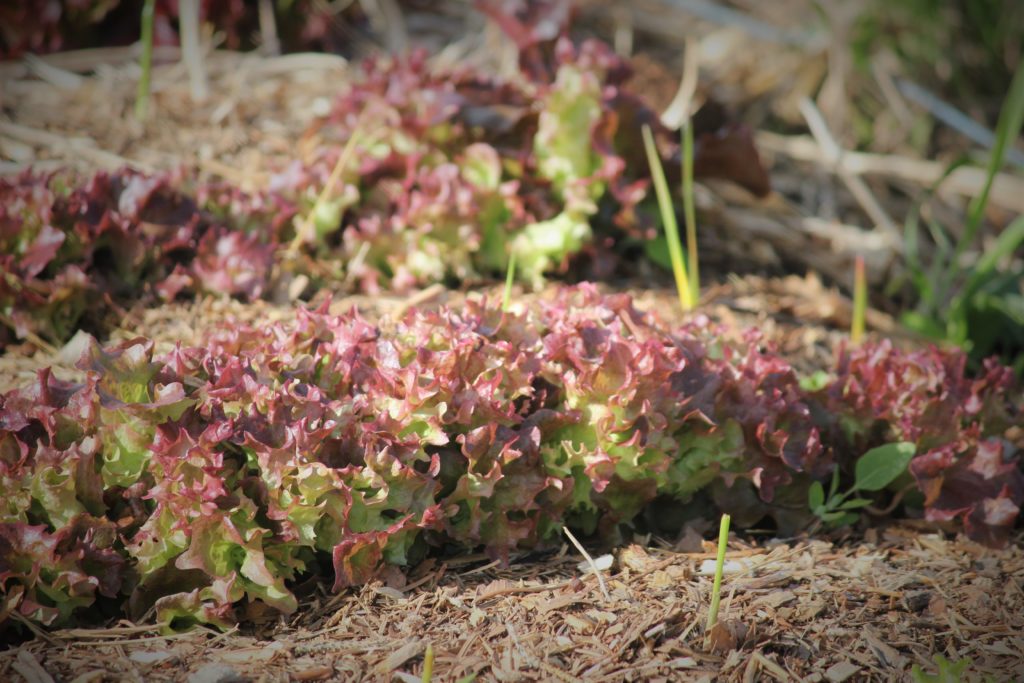
Mulch between rows of plants.
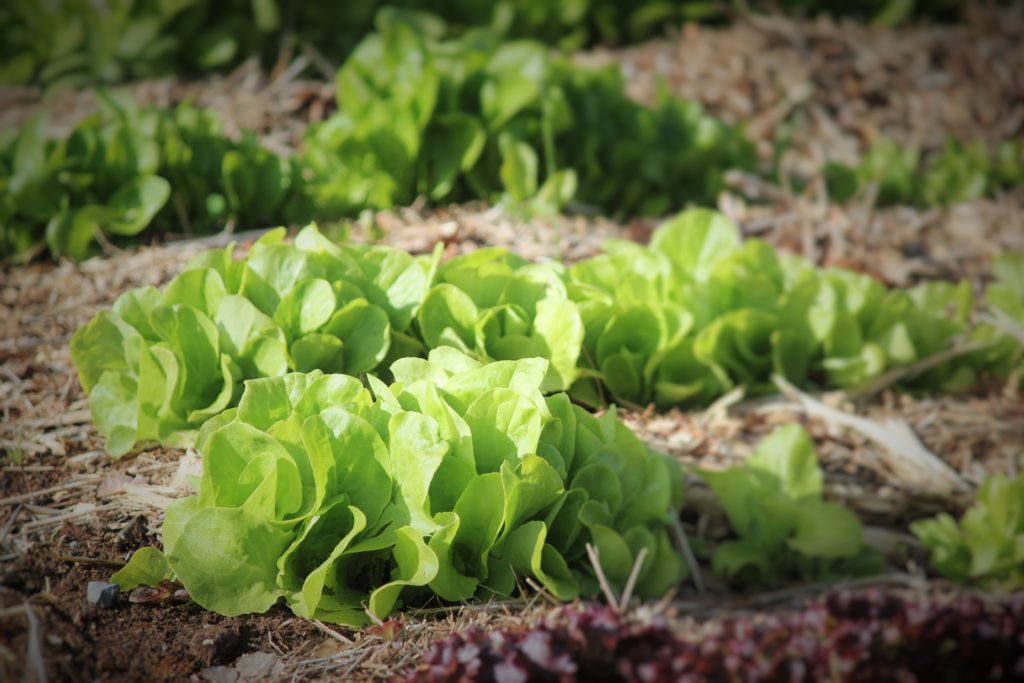
Mulch between rows of plants.
As a note… Sometime things don’t go as you plan. For instance, don’t let the chipper/shredder run out of gas in the middle of chipping a large tree branch. Parts of it will get stuck in the chipper, and it will require you to remove the blockage before you can use the chipper again.
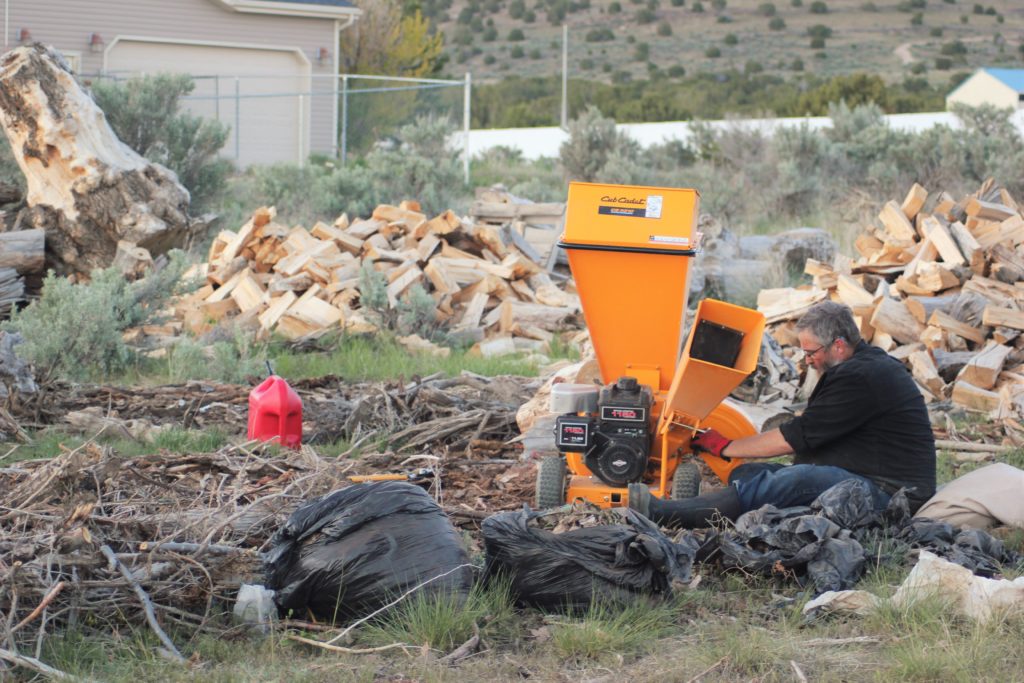
Cleaning the chipper after it ran out of gas in the middle of a large branch.


Great idea. We had a chipper but hardly used it so we sold it. But we also have an over abundance of leaves we use. So the chipper wasn’t a good resource for us. Have you used hay from your animals? If you have any that use hay. We have goats and reuse the hay in pastures that the chickens scatter around and mulch in the garden but then grass pops up even when we do it thick, so that is one of the reasons we spread it in the pastures to seed. A friend burns her old hay to get rid of weed seeds, but this it’s not mulch. Everyday is a learning experience. LOL
We don’t have goats yet, but I plan on using the left over straw and hay in the under layers of our sheet mulching when we do have them. I use manure from our rabbits in the beds, and we do get timothy hay sprouting, but it isn’t a big deal (yet) to weed that. I compost the chicken litter first, and so far we haven’t had too many weed issues from that. My very favorite mulch is shredded leaves mixed with bark and wood chips. It goes down nicely and retains water well, which is always a plus here in the desert!
Don’t forget about all the stuff across the street we have for you.